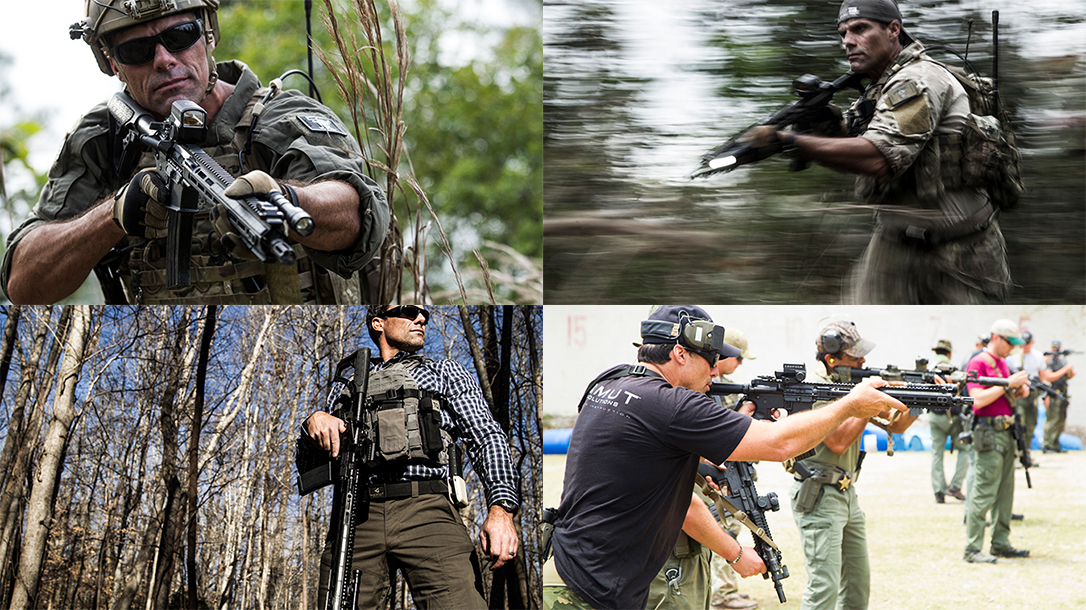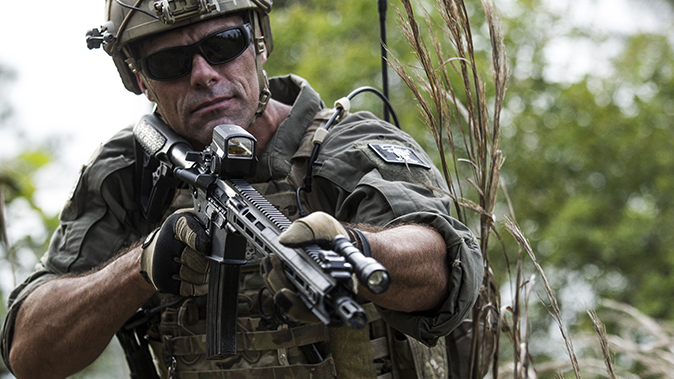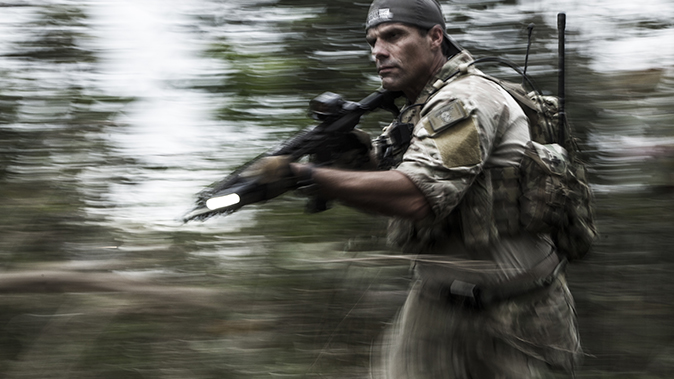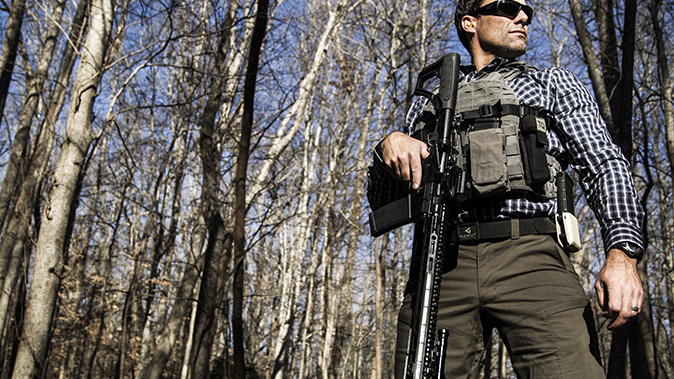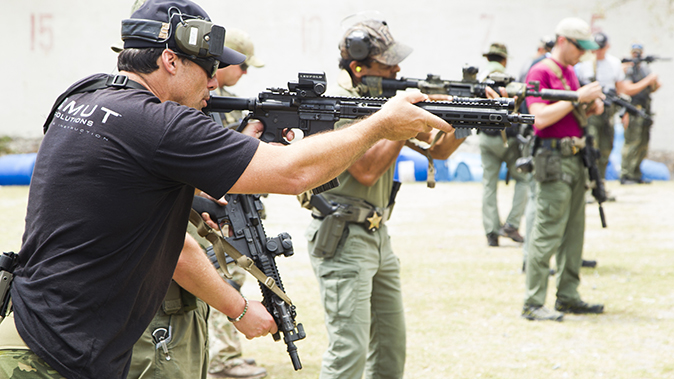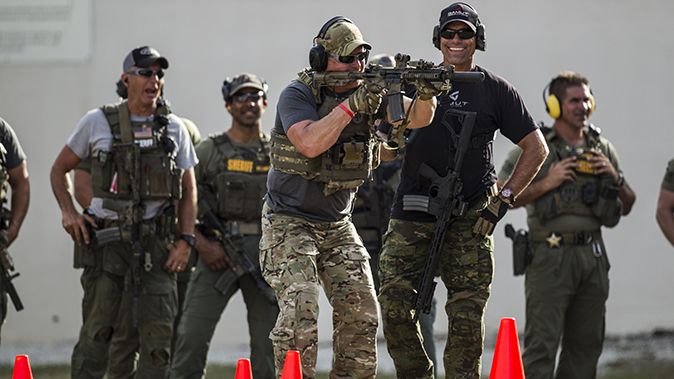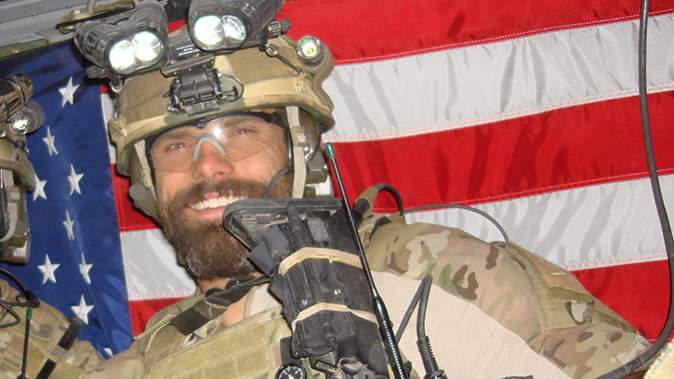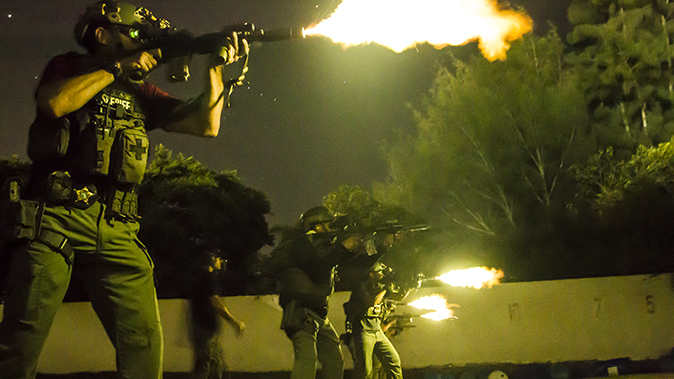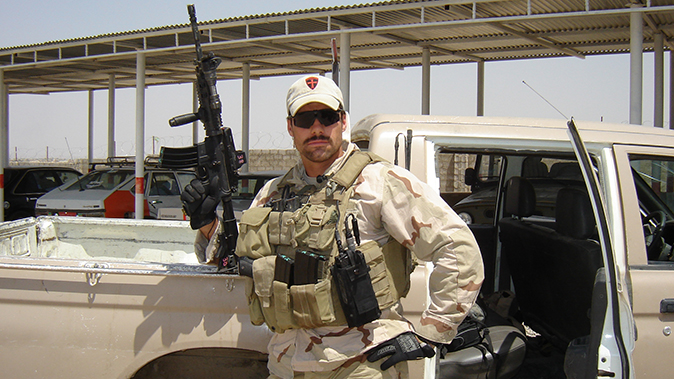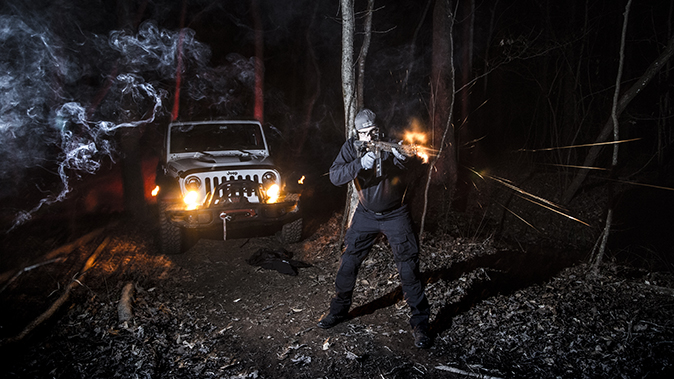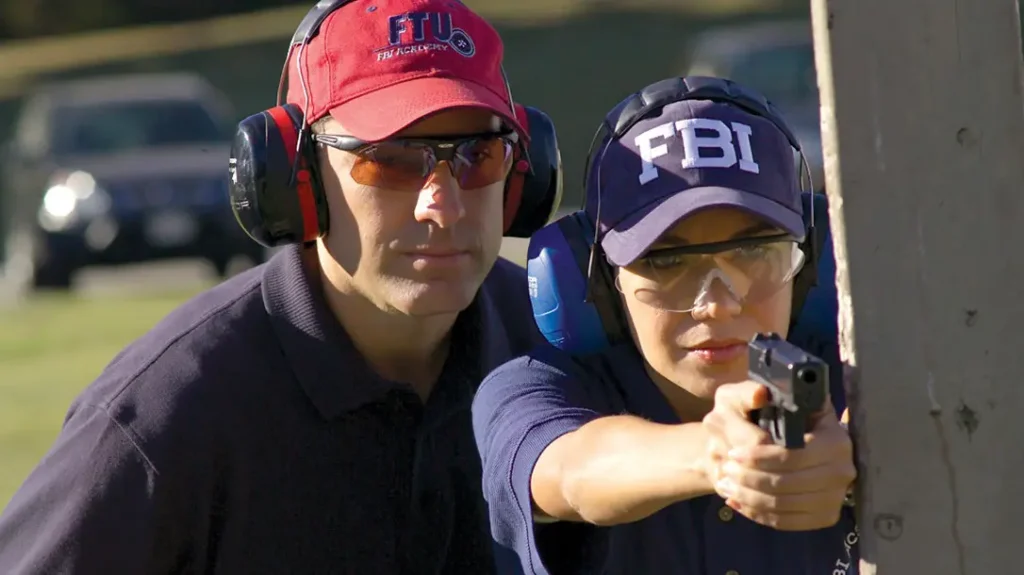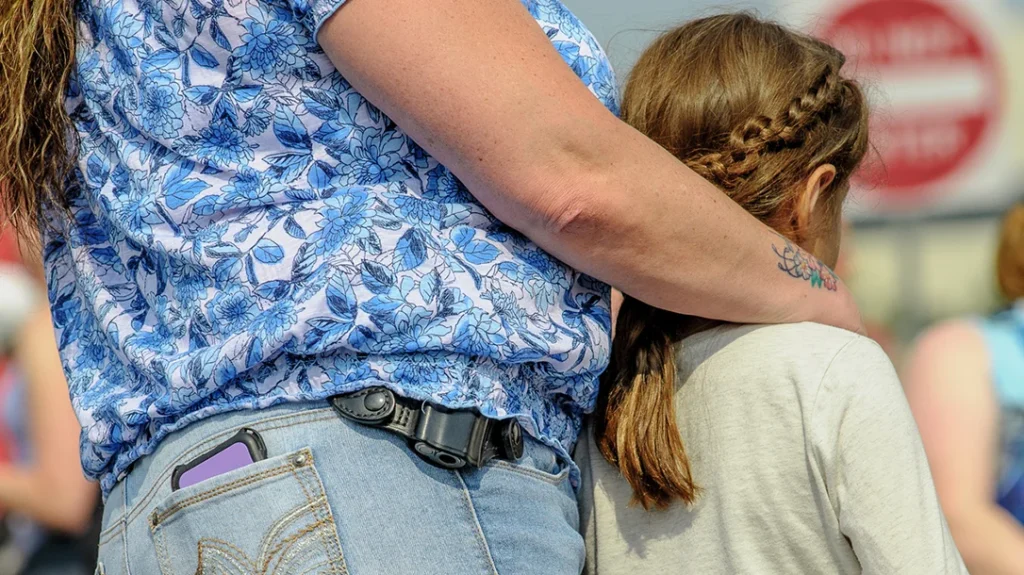Charles Beckwith, John Plaster, Tom Spooner. These are the caliber of men in the pantheon of America’s most legendary—and shot at—commandos. But a new name is emerging from the shadows to be added to the list: Robert Keller of Gamut Resolutions.
You probably haven’t heard of Bob or his training company. When asked how many missions he’s performed, Bob is modest and typically replies with, “Well, if you added up the total number of episodes that ‘Cheers’ aired, it would probably put you in the ballpark.”
Advertisement — Continue Reading Below
I added up the episodes and they’re not even close.
Bob has had his boots on the ground in countries that various U.S. presidents made very clear we would not have boots on the ground in. But there are no movies about Bob, no books about trade secrets and insider experiences. In fact, the only media Bob has produced is an instructional marksmanship video where he only talks about fundamentals. So why, in an era of personal promotions and monthly book releases from former special operators, have we never heard about Bob? Because Bob represents the current shift in the tactical industry towards those who demonstrate the true values of “quiet professionals.”
Despite the over-the-top portrayal of commandos (either by themselves on social media or in Hollywood), Bob lacks a trendy haircut or radical facial hair. He has no visible tattoos and is accustomed to wearing shirts with collars. He looks more like an executive at a Fortune 500 company than his true self, a man that has survived a handful of close calls and repeatedly braved the raw tenacity of close-quarters fighting. Bob’s image and composure leads into one of our first talking points:
Advertisement — Continue Reading Below
What are your thoughts on the current warrior image?
Post-9/11, tactical image changed a lot. One of the first things we saw was pictures of guys with beards. There are arguments that the beards allowed us to blend in during the invasions and build rapport, but I also think a large part of it was ego and image. Of course, I grew a beard, but I don’t have one now. They smell, itch and are a pain in the ass to maintain downrange.
Image with regards to beards is kind of like gear and equipment. A lot of us wore kit simply because we thought it looked cool. Then you actually get into a fight, and afterwards you get rid of everything you don’t need. If you grow a beard to look tough, it doesn’t really matter because you need to be smart. I’ve never been on target and had my beard be the deciding factor that determined my ability to get behind cover and send accurate fire downrange.
Advertisement — Continue Reading Below
In fairness, if you’ve never been in a fight, and having the beard and the tattoos helps you think ‘I’m the baddest MF’er in here,’ then that might help give you an advantage. But honestly, until you have bullets fly by your face, you never know how you’re going to react, and there is a difference between looking tough and being smart.”
With all of your experience, why did you choose to produce an instructional video that only talks about the basics?
With how commercial training has evolved during the Global War on Terror, a lot of guys have come to assume that tactical marksmanship training is just running around and blazing down targets. I get it, though. For some guys, a two-day course is really just a vacation. But for the guys who are really relying on these courses for learning skills that will save their lives, none of the “cool stuff” matters if you don’t first understand how to employ the fundamentals.
Advertisement — Continue Reading Below
It’s no fault of their own, but a lot of shooters have never truly been in a no-bullshit stressful situation. When it goes down, you want to be able to kick into autopilot as much as possible. That is why perfecting the basics is so important, because your mind is going to be thinking about so many other things that you want your movement mechanics to be as smooth as possible.
The more complex we make things, or by focusing on things that don’t matter, like the different types of magazine changes, and different stances, and different grips, if you’re wasting time thinking about all of that in a stressful situation, it slows you down and is going to screw you.
How is your methodology different than the core exercises and concepts we’ve traditionally associated with basic marksmanship training?
Advertisement — Continue Reading Below
Something we did a lot before 9/11, and a little after just because it was so engrained in training culture, was cadence drills. You’ve got three targets and you shoot in cadence: boom-boom, boom-boom, boom-boom. Who the hell is teaching that stuff?!
When multiple bad guys are shooting at you in a room, there is no such thing as cadence—it’s all about how quickly you can send accurate rounds. To be fair, the guys that taught that, though, it’s not their fault; they thought it was something that would work and was a good learning tool. We have enough post-war experience now to say that’s not the case. There are better ways of doing things while still focusing on the basics of shooting.
On several occasions, you’ve made remarks about how stress-induced training either doesn’t work or is done wrong. What exactly do you mean by that?
Advertisement — Continue Reading Below
Running around, throwing weights—it induces stress, but is it the correct kind? If you’re trying to create physical stress, I get it, but a lot more stress on target is attributed to what happens mentally. Yes, you need to be in shape—you know, you’ve got to be able to carry your ruck to the fight—but once you’re through the breach point, it’s mostly mental stress at that point.
Before 9/11, we did a lot of “harder is better” training. We’d run in gas masks, then go qualify at the range. We had no clue, though, and we thought that was the type of stuff that would matter in combat. I’m not saying the physical stuff is bad; it’s just that it can be misleading and distract from what is really important.
Advertisement — Continue Reading Below
So do you incorporate stress shoots in your training?
I’ll have guys get their heart rate up, but never at the expense of distracting from marksmanship development. Because, when it comes down to it, you can be the most in-shape shooter, but if you can’t get behind cover and discipline yourself to align your sights and smoothly press the trigger, nothing else matters.
You’re a gear minimalist. With so many brands and different products offered, why do you choose to wear less equipment overall?
Advertisement — Continue Reading Below
In my organization, I was very fortunate with access to gear. I had wall lockers full of high-speed equipment, but if I didn’t need something for a mission, it stayed in the locker.
If you’ve never been in combat, you see pictures and movies, you start to get this idea that more gear is better. Until you put all that stuff on, for 10 to 12 hours, for weeks and weeks at a time, you just don’t know how much it sucks to wear all that stuff. It’s not a guy’s fault for this, and the first thing I’ll usually do when a guy like that shows up to my class is tell him to take everything off because he doesn’t need all of it.
What would you recommend a shooter buy on a budget then?
A quality carbine and optic. That’s it. Then go buy ammo and train.
Editor’s Note: Make sure you follow Robert Keller @kellergamutresolutions on Instagram, and search for his course listings at gamutresolutions.com.
This article was originally published in the February/March 2018 issue of “Tactical Weapons.” To order a copy and subscribe, visit outdoorgroupstore.com.
